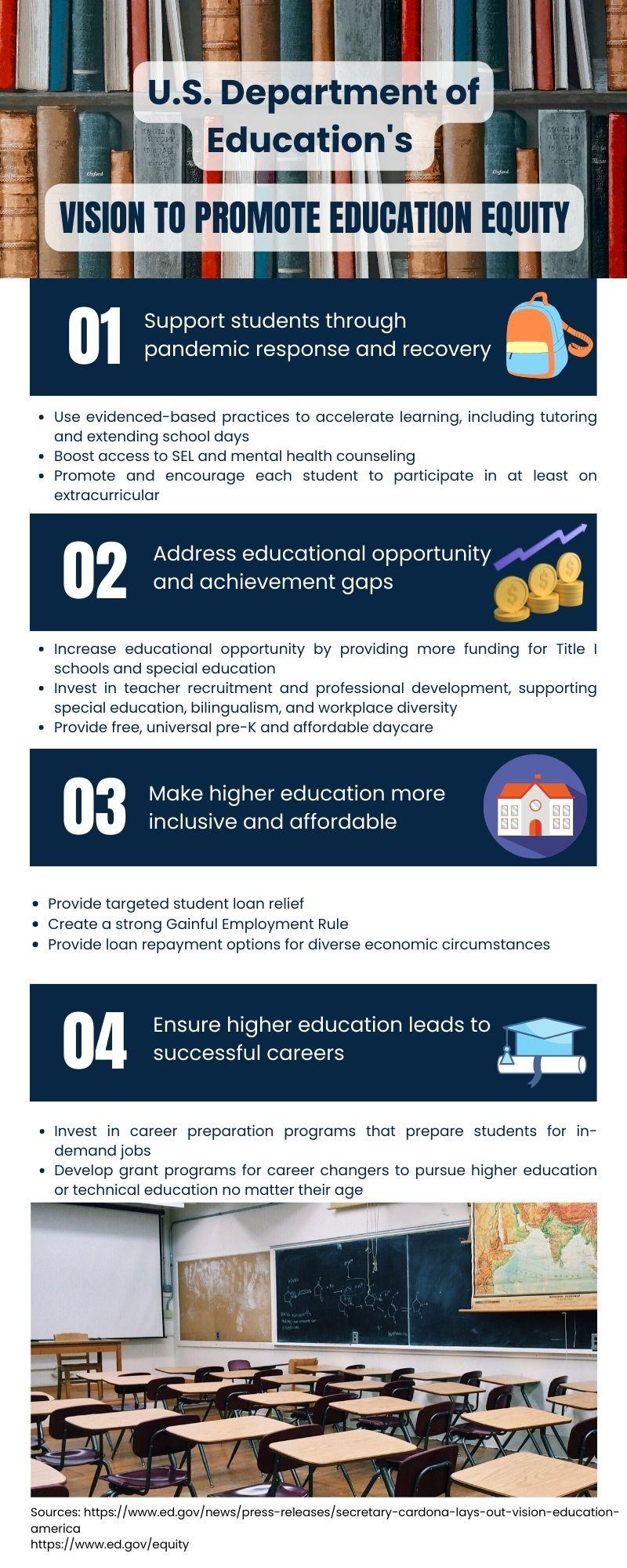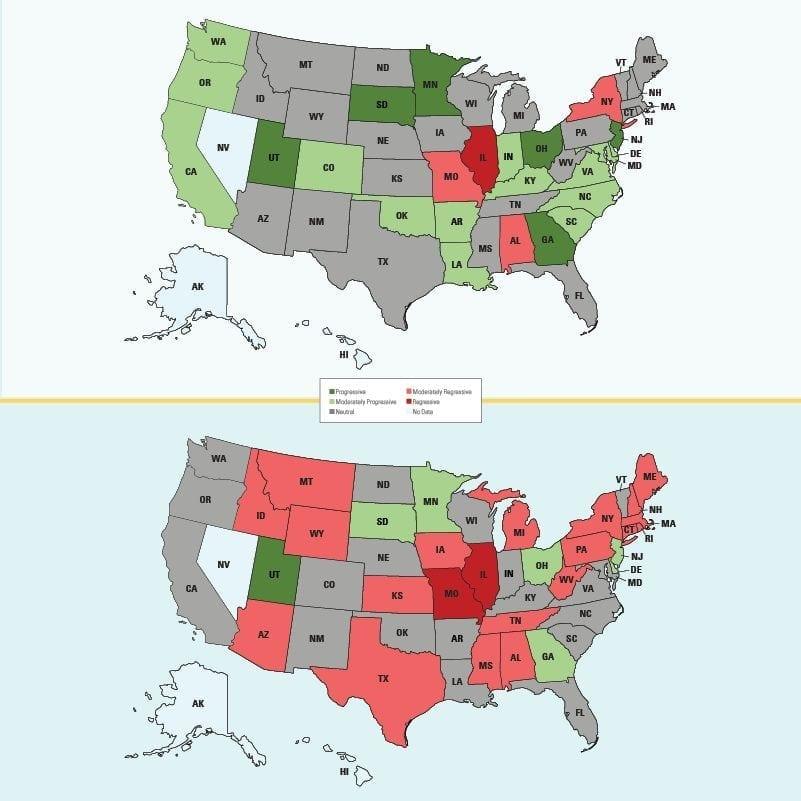In classrooms across the United States, the promise of equal opportunity often meets a complex reality. Education equity-a goal as old as the nation itself-remains both a beacon of hope and a persistent challenge. As policymakers, educators, and communities strive to bridge the gaps in resources, achievement, and access, questions arise: Are we truly making progress? Or are the disparities simply shifting shape? This article delves into the evolving landscape of education equity in America, exploring the strides made and the hurdles that still stand between ambition and achievement.
Table of Contents
- Understanding the Roots of Educational Inequity in America
- Analyzing Current Progress and Persistent Challenges
- The Role of Policy and Funding in Shaping Access
- Innovative Approaches Driving Change in Underserved Communities
- Strategies for Building a More Inclusive and Equitable Future
- Frequently Asked Questions
- To Wrap It Up
Understanding the Roots of Educational Inequity in America
At the heart of educational inequity in America lies a complex web of historical, socioeconomic, and policy-driven factors. Systemic segregation, both de jure and de facto, has long divided communities and schools, creating an uneven playing field that disproportionately affects students of color and those from low-income families. This segregation is not just geographical but also deeply embedded in resource allocation, curriculum quality, and access to experienced educators.
Economic disparities amplify these challenges. Schools in affluent neighborhoods enjoy robust funding through property taxes, while those in poorer districts struggle with outdated materials, overcrowded classrooms, and limited extracurricular opportunities. This funding gap perpetuates a cycle where the most vulnerable students face obstacles that extend beyond the classroom, including food insecurity, unstable housing, and limited access to healthcare.
Policy decisions, often well-intentioned, have sometimes widened the divide. High-stakes testing, for instance, while designed to measure achievement, can inadvertently marginalize students who lack adequate preparation or support. Furthermore, disciplinary policies disproportionately impact minority students, contributing to the so-called “school-to-prison pipeline.” Recognizing these roots is essential for crafting solutions that are both equitable and sustainable.
- Historical segregation: Longstanding separation of communities by race and class.
- Funding disparities: Unequal financial support based on local property taxes.
- Policy impact: Consequences of standardized testing and disciplinary measures.
- Socioeconomic factors: External challenges affecting student readiness and success.
| Factor | Impact | Example |
|---|---|---|
| Segregation | Unequal access to quality education | Concentrated poverty in urban schools |
| Funding Gaps | Resource shortages | Outdated textbooks and facilities |
| Testing Policies | Academic pressure and exclusion | Reduced curriculum diversity |
| Disciplinary Practices | Higher suspension rates for minorities | Increased dropout rates |
Analyzing Current Progress and Persistent Challenges
Over the past decade, there has been measurable progress in bridging educational disparities across socioeconomic and racial lines. Graduation rates for historically marginalized groups have improved, and more schools are adopting inclusive curricula and culturally responsive teaching methods. However, these advancements often mask significant underlying challenges that continue to impede true equity.
Persistent gaps in resource allocation remain a critical barrier. Schools in low-income neighborhoods frequently lack access to up-to-date technology, experienced educators, and advanced coursework. While some districts have initiated targeted funding programs, the uneven distribution of resources perpetuates cycles of disadvantage.
- Unequal access to quality early childhood education
- Limited availability of advanced STEM courses in underserved schools
- Disproportionate disciplinary actions affecting minority students
- Variability in teacher retention and experience
Another layer of complexity is the expanding digital divide, which became glaringly apparent during remote learning periods. Students lacking reliable internet or devices were left behind, exacerbating existing inequities. Moreover, systemic issues such as implicit bias and socioeconomic segregation continue to influence educational outcomes in subtle yet profound ways.
| Indicator | Progress | Challenge |
|---|---|---|
| High School Graduation Rate | Up 8% over 10 years | Gap persists in low-income areas |
| Access to Advanced Coursework | Increased offerings in some districts | Limited in rural and urban underserved schools |
| Technology Access | Expanded device distribution | Inconsistent internet connectivity |
While the trajectory points toward improvement, addressing these persistent challenges requires sustained commitment and innovative policy solutions. Without tackling the roots of inequality, progress risks being incremental rather than transformative.
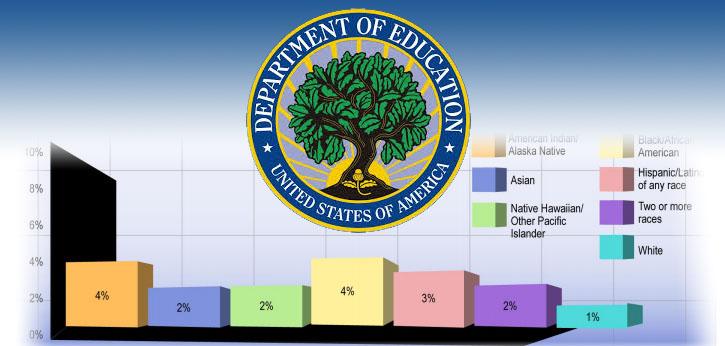
The Role of Policy and Funding in Shaping Access
Policies and funding mechanisms are the backbone of educational access in the United States. They determine how resources are allocated, which in turn affects the quality of education that students from different backgrounds receive. Over the years, federal initiatives like Title I funding have aimed to channel more money into schools serving low-income communities, but disparities remain pronounced in many regions.
State and local policies also play a critical role in shaping educational opportunities. Decisions about property tax-based school funding, for example, often perpetuate inequities because wealthier neighborhoods can raise more revenue, leading to better facilities and programs. Conversely, districts with fewer financial resources struggle to provide even basic educational needs.
- Equity-focused funding formulas attempt to balance resources according to student needs rather than geographic wealth.
- Policy reforms aimed at reducing segregation and promoting inclusive curricula help address systemic barriers.
- Grant programs and targeted investments in early childhood education have shown promise in leveling the playing field.
| Policy Initiative | Primary Goal | Impact on Access |
|---|---|---|
| Title I Funding | Support low-income schools | Improved resources, but uneven distribution |
| Every Student Succeeds Act (ESSA) | Accountability and equity | Greater state flexibility, mixed results |
| State Funding Reform | Reduce disparities | Varies widely by state implementation |
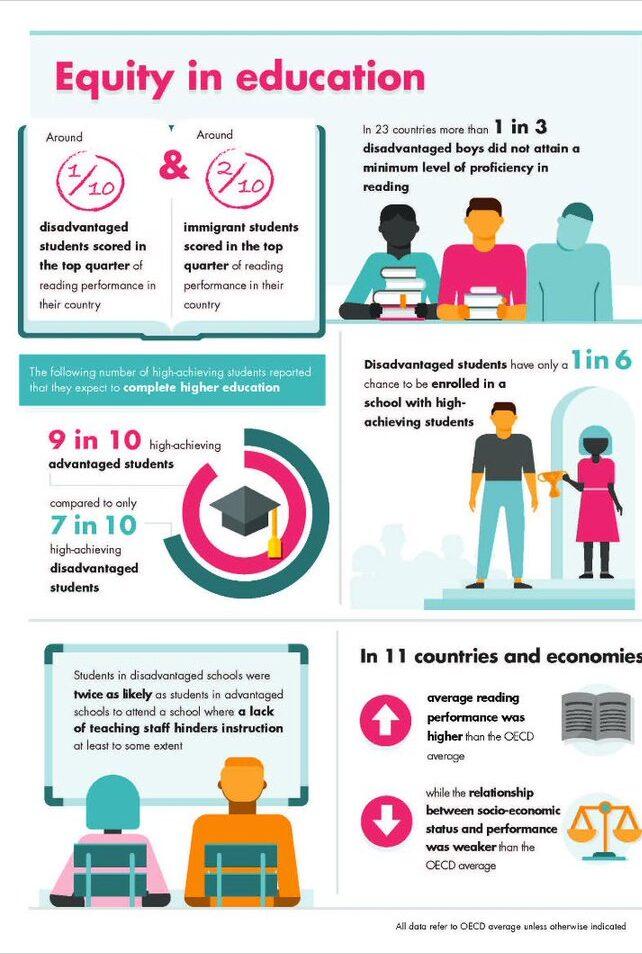
Innovative Approaches Driving Change in Underserved Communities
Across the nation, a wave of groundbreaking initiatives is transforming the educational landscape for underserved communities. By integrating technology with culturally responsive teaching, schools are not merely closing gaps-they are redefining what equitable education looks like. These innovations emphasize personalized learning paths, ensuring students receive the support they need to thrive academically and socially.
Community-driven programs have emerged as vital catalysts for change, fostering collaboration between educators, families, and local organizations. For instance, mentorship networks and after-school enrichment activities provide critical resources where traditional systems often fall short. This holistic approach nurtures both academic skills and emotional resilience, creating a foundation for lifelong success.
Meanwhile, data-driven insights are enabling policymakers to allocate resources more effectively. Below is a snapshot comparison of key factors influencing educational progress in underserved areas:
| Factor | Before Innovation | After Innovation |
|---|---|---|
| Access to Technology | 35% | 85% |
| Graduation Rate | 60% | 78% |
| Parental Engagement | 25% | 55% |
These efforts illustrate a shift from top-down mandates to dynamic, localized solutions, highlighting that innovation in education is not just about new tools but about empowering communities to co-create meaningful change.
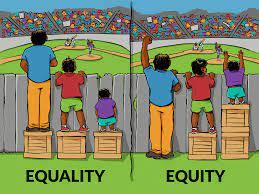
Strategies for Building a More Inclusive and Equitable Future
Creating a future where every student has access to quality education requires intentional actions rooted in fairness and respect for diversity. One of the most effective approaches is to foster community partnerships that connect schools with families, local businesses, and social services. These collaborations help bridge gaps by providing holistic support, from tutoring programs to mental health resources, ensuring that students don’t face obstacles alone.
Another vital strategy lies in personalizing learning experiences. Emphasizing culturally responsive teaching and adaptive curricula can help meet students where they are, recognizing their unique backgrounds and learning styles. This not only improves engagement but also empowers learners to see themselves reflected in their education, fueling motivation and achievement.
- Invest in early childhood education to lay a strong foundation for lifelong learning.
- Ensure equitable funding across school districts to level the playing field.
- Promote teacher diversity and ongoing cultural competency training to enrich classroom perspectives.
| Strategy | Impact | Example |
|---|---|---|
| Community Partnerships | Enhanced student support | Local mentorship programs |
| Personalized Learning | Increased engagement | Adaptive digital platforms |
| Equitable Funding | Reduced resource gaps | Weighted student funding formulas |
Frequently Asked Questions
Q&A: Education Equity – Is the U.S. Closing the Gap?
Q1: What does education equity mean in the context of the U.S. school system?
A: Education equity refers to the principle that every student, regardless of their background-be it race, socioeconomic status, or geographic location-has access to the resources, opportunities, and support they need to succeed academically. It’s about leveling the playing field so that all learners can thrive.
Q2: Has the U.S. made significant progress toward closing the education gap?
A: Progress has been mixed. While there have been improvements in access and achievement for some historically underserved groups, persistent disparities remain in areas like funding, school quality, and academic outcomes. The gap has narrowed in certain metrics but remains stubbornly wide in others.
Q3: What are some key factors contributing to the persistent education gap?
A: The roots run deep-economic inequality, residential segregation, unequal school funding, and systemic biases all play a role. Additionally, differences in early childhood education access and varying levels of family and community support create uneven starting points for students.
Q4: Are there any innovative strategies showing promise in addressing equity issues?
A: Yes. Approaches such as targeted funding for high-need districts, culturally responsive teaching, expanded access to early childhood programs, and personalized learning models are gaining traction. Community partnerships and policies aimed at reducing poverty also contribute indirectly by supporting students’ broader needs.
Q5: How important is data in driving education equity efforts?
A: Data is crucial. It helps identify where gaps exist, monitor progress, and hold stakeholders accountable. However, data must be interpreted thoughtfully to avoid reinforcing stereotypes and should be paired with qualitative insights from educators and communities.
Q6: What role do policymakers play in closing the education gap?
A: Policymakers set the framework through laws and funding priorities. Their decisions on resource allocation, standards, and accountability systems can either perpetuate inequities or pave the way for more inclusive, equitable education systems.
Q7: Can equity be achieved without addressing broader social inequalities?
A: Education equity is deeply intertwined with social equity. Without addressing systemic poverty, healthcare access, housing stability, and other social determinants, efforts within schools alone may fall short. A holistic approach is essential for sustainable change.
Q8: What can individuals do to support education equity?
A: Individuals can advocate for fair funding, support inclusive policies, volunteer in schools, and engage in conversations that raise awareness of inequities. Building empathy and understanding the challenges faced by marginalized students are powerful steps toward collective progress.
Q9: Looking ahead, what is the outlook for education equity in the U.S.?
A: The path forward is challenging but not without hope. Growing awareness, innovative practices, and increasing community engagement signal potential for meaningful change. Success will require sustained commitment from educators, policymakers, families, and society at large.
This Q&A aims to illuminate the complex landscape of education equity in the U.S., highlighting both challenges and opportunities as the nation strives to close the gap.
To Wrap It Up
As the journey toward education equity unfolds, the question remains: is the U.S. truly closing the gap, or merely paving new pathways that still need crossing? While progress is evident in many corners, disparities persist, reminding us that the quest for equal opportunity in education is far from over. Ultimately, bridging this divide requires not only policy shifts and resource investments but a collective commitment to nurturing every learner’s potential. In the classroom of society, equity is the lesson still being written-one that challenges us all to rethink, reimagine, and rebuild a future where education is a right, not a privilege.